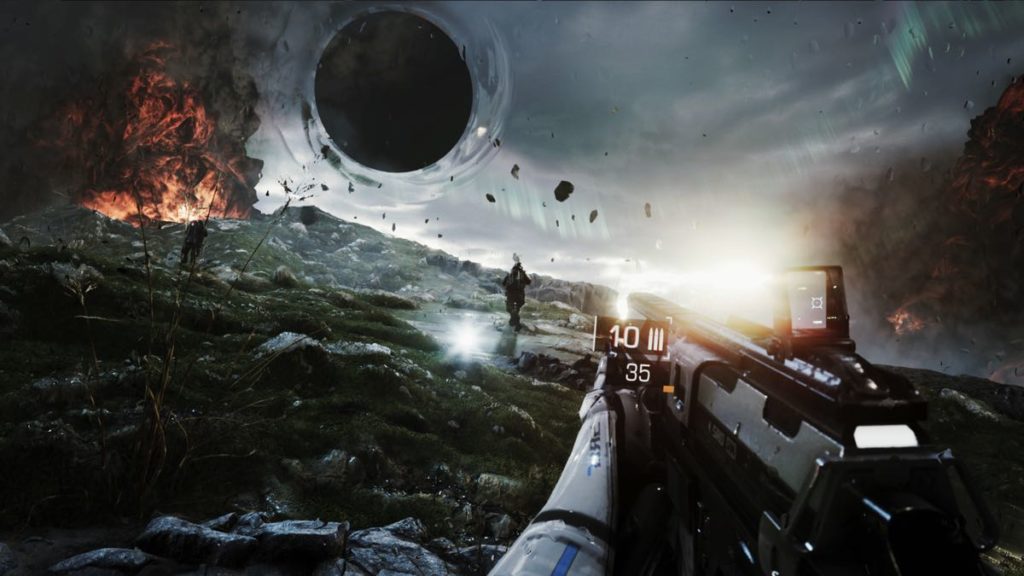

There’s a lot of inconsistency in my results, too, with the Arc A750 actually putting up slightly higher numbers than the A770. The Arc GPUs are still far behind Nvidia, but they’re much closer than anything AMD is offering right now.

Nvidia leads the pack due to CUDA acceleration inside Blender, and AMD’s cards aren’t even close. AMD’s GPUs are leagues behind in Port Royal, which isn’t surprising considering the limited ray tracing power AMD’s graphics cards currently have.īlender is a bit more interesting. The Port Royal ray tracing benchmark is much more competitive, with the Arc A770 matching the RTX 3060 Ti but the Arc A750 falling short. That seems cut and dried, but Arc has specific optimizations for 3D Mark, allowing the Arc GPUs to achieve a higher score in Time Spy. Across 3DMark’s Port Royal and Time Spy, the Arc A770 and A750 lead compared to all of the competing GPUs from Nvidia and AMD. Synthetic and renderingīefore getting into actual games, let’s start with some synthetic benchmarks. It’s tough to say how many 8GB models we’ll see or if third-party 16GB models will sell for much more right now. They’re identical otherwise, and Intel says it will only sell the 16GB version as a Limited Edition. The Arc A770 is the only oddball in the lineup, as Intel has 8GB and 16GB versions. Board partners will release their own models, which you can expect to sell for slightly higher than list price. These cards aren’t actually limited - they’re similar to Nvidia’s Founder’s Edition cards. For the cards we have, Intel is offering its Limited Edition models at the prices listed above. I included the A580 and A380 specs for reference, but we still don’t have pricing or a release date for those cards yet.

That gives Arc a big boost in ray tracing, as I’ll explore later in this review. The biggest note is that Intel is using dedicated ray tracing cores unlike AMD’s RX 6000 graphics cards. There’s nothing too interesting about the Arc A770 and A750’s specs. If you were planning on throwing an Arc GPU into an older system without ReBAR support, you’re going to have a much worse experience. Although it’s best to keep ReBAR on for the best performance, even recent AMD and Nvidia architectures don’t need it to perform at the level they should. That’s a large enough performance gap to call ReBAR an essential feature. Keep in mind that the only difference between the results was turning ReBAR off in the BIOS. With the A770 at 1080p, my frame rate dropped by 24% in Horizon Zero Dawn. In Metro Exodus, the drop was nearly 19%. I didn’t retest my entire suite because the differences became clear within a few games.
#Difference between bright memory and bright memory infinite pro#
Read Also: Nintendo Switch Pro to Use DLSS to Unlock 4K Gaming The cards will work with older CPUs, but you’ll have much lower performance if ReBAR is turned off. That’s because Arc Alchemist cards benefit a lot from Resizable BAR, which is only available on the last few generations of processors. Intel says the Arc A770 and A750 require a 10th-gen Intel CPU or AMD Ryzen 3000 CPU or newer. A note on compatibilityīefore I get into the juicy performance testing, a word needs to be said about compatibility. They’ll surely be beaten out by upcoming Nvidia and AMD GPUs around the same price when the time comes, but for the next year at least, Intel is a serious competitor in the $250 to $350 range. With GPU prices on an upward trajectory, the Arc A770 and A750 could represent a massive price correction. And here’s the shocker: They’re really good. And despite rumors of cancelation, various delays, and seemingly endless bugs, the Arc A770 and A750 GPUs are here. It’s been decades since Intel first conceived the idea of making a discrete gaming graphics card, but the Arc A770 and A750 are the first cards to make it out of the prototype stage. Intel’s Arc A770 and A750 seemed destined to fail.


 0 kommentar(er)
0 kommentar(er)
